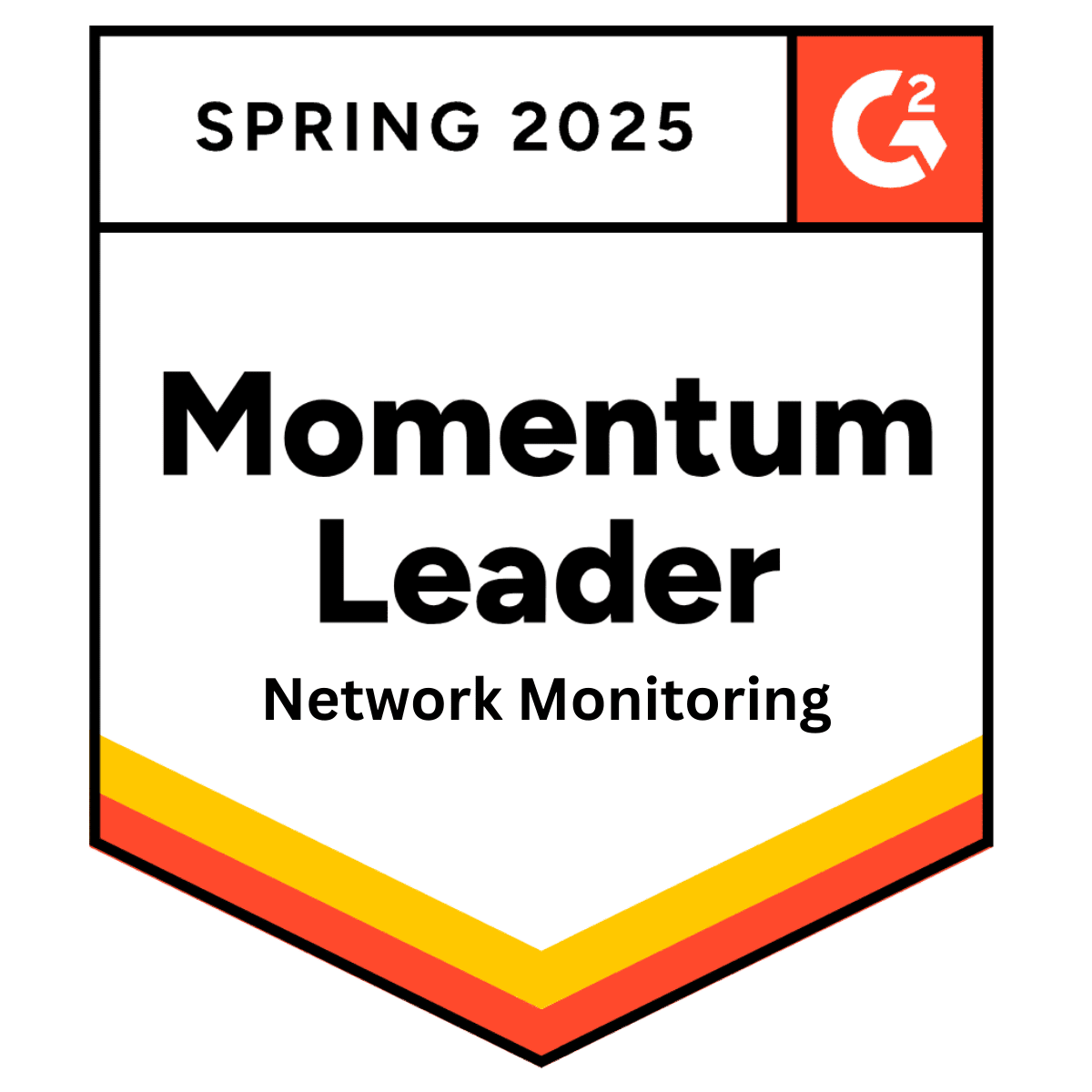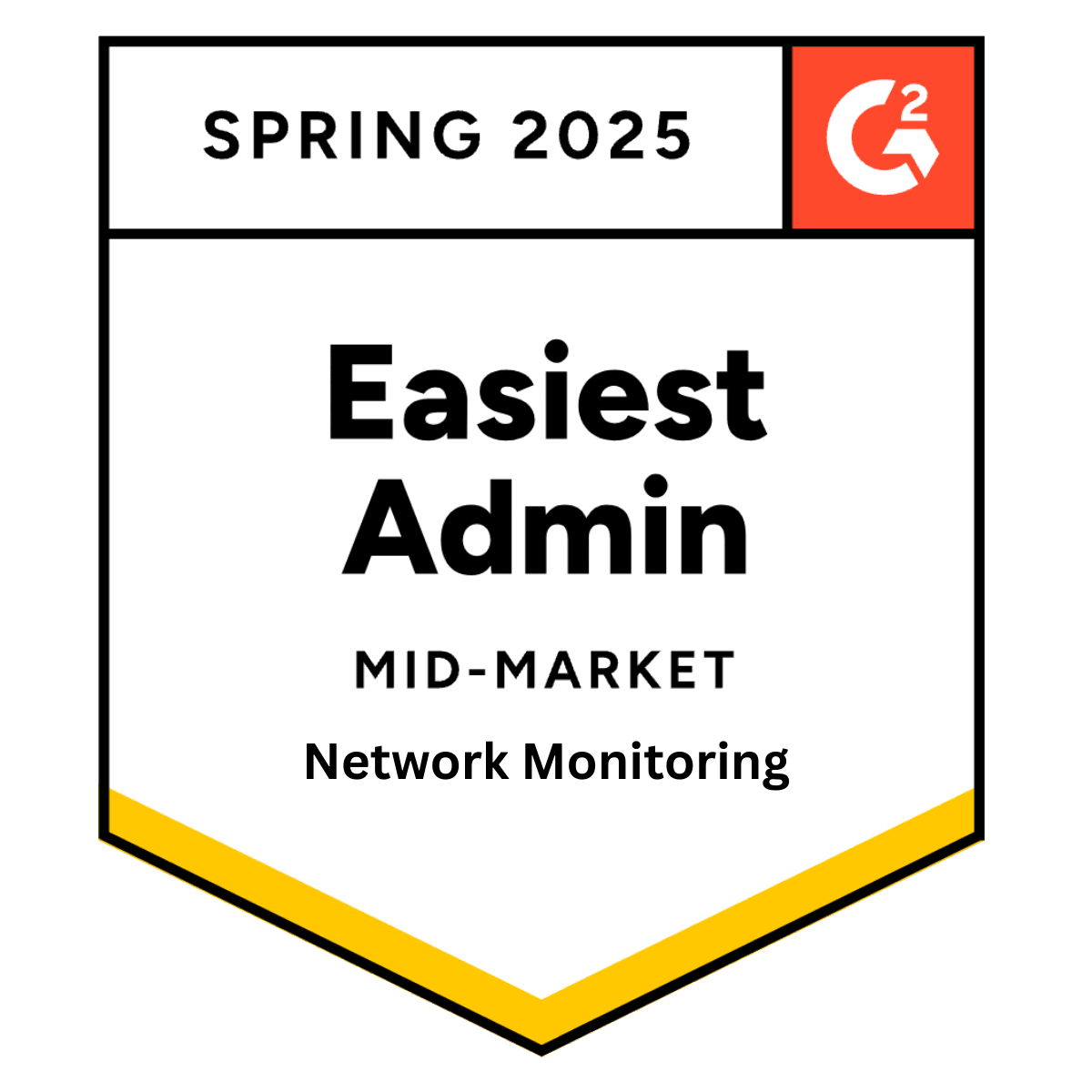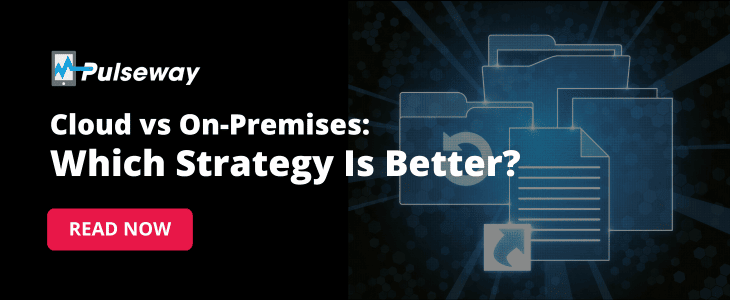
What Is RMM Software?
Wednesday 25 August, 2021

RMM stands for remote management and monitoring. As its name implies, RMM software allows you to monitor, manage and troubleshoot your IT environments without physically having to be there.
In addition to full visibility of your network, RMM software also alerts you to any issues so you can quickly respond and maintain uptime.
What Exactly Is RMM Software?
RMM software allows organizations to seamlessly maintain their IT infrastructure through remote support, significantly reducing any possible downtime thanks to its potential of round-the-clock monitoring.
Traditionally, RMM software is used mostly by MSPs (managed service providers) because it enables them to provide IT support for geographically diverse clients without having to be physically present on-site. However, with the rise in remote and hybrid workforces, there has been an increase in internal IT teams using RMM software as well.
How Does RMM Software Work?
In simple words, a lightweight software known as an “agent” is installed on all servers, computers, workstations and all other devices connected to the same network. This gives administrators control over the network with real-time insights into the health of all IT systems on that network, enabling administrators to identify and resolve issues with minimal downtime.
What Can RMM Software Do?
RMM software helps MSPs and IT teams work efficiently while improving end-user satisfaction by minimizing downtime. RMM software can also be used to automate tasks like running check disks and customizing scripts. This, in turn, can aid in the proactive identification and resolution of any issues that might occur.
Now, let's take a look at some of the core functions of RMM software:
- Remote monitoring and management of all endpoints: The key feature of RMM software is the ability to remotely access devices to assist users and troubleshoot problems. RMM software enables internal or external IT teams to remotely monitor and manage individual systems or entire networks round-the-clock.
- Remote updates and patches across all devices in the network: Through automation and centralization, RMM software significantly simplifies the time-consuming task of maintaining software, installing updates and managing patching. Through automation and centralization, RMM software significantly simplifies the time-consuming task of maintaining software, installing updates and managing patching.
- Automated monitoring, alerting and resolution of IT related incidents: Another key functionality of RMM software is that it can help you monitor the health and performance of your systems 24/7. Your IT teams can be alerted to issues before they turn into major problems, and they can even create workflows to automatically resolve issues as soon as they arise, without manual intervention.
- Automated management of routine IT tasks: You can also streamline workflows and automate routine tasks such as creating and responding to pre-determined ticket queries to introduce even more efficiencies.
But that's not all, RMM software has evolved to allow IT technicians to do much more than just monitor endpoints. It enables them to secure devices, back up data and automate many IT processes that had to be done manually in the past.
What Comprises Good RMM Software?
With the continual advancement in technology, IT infrastructures have become more complex than ever. That means IT teams need RMM software to offer more than just basic functionality. Like any other software, your RMM is dependent on your organization's specific needs and priorities.
Here are a few things you need to look for in your RMM software:
- Automation: A good RMM software should be capable of automating routine IT processes like maintaining servers, patches and automatic resolution of common issues. This can help cut costs for MSPs and reduce workload for internal IT teams.
- Centralized remote access: As an administrator, you need to have complete visibility of your IT infrastructure to be able to control all devices on your network from a centralized, remote location. Ideally, your RMM software should have an associated function-rich mobile application so technicians can be fully productive from anywhere, without having to go back to their desk or unpack their laptop. This allows you to be able to instantly respond to issues without physically being present and speed up their resolution.
- Scalability: As your business grows, the number of endpoints in your IT infrastructure increases. Your RMM software must be able to easily scale to be able to support more and more endpoints.
- Integrations: A good RMM software should be able to seamlessly integrate with antivirus solutions to boost endpoint security, help desk solutions for hassle-free ticket management, and backup solutions to strengthen recovery and reduce downtime.
Apart from these key factors, your RMM software must also be reliable, easy to set up, and offer great customer service to ensure that you have a seamless remote monitoring and management experience.
Pulseway's RMM software can transform your MSP business by delivering instant productivity and driving additional revenue streams. Pulseway can also help internal IT teams become more efficient, proactive and responsive with the help of powerful automation, mobile access and built-in, secure remote control.
Share this post
Related Posts
Join the Ranks of Satisfied Customers and Experience the Pulseway Difference Today.








